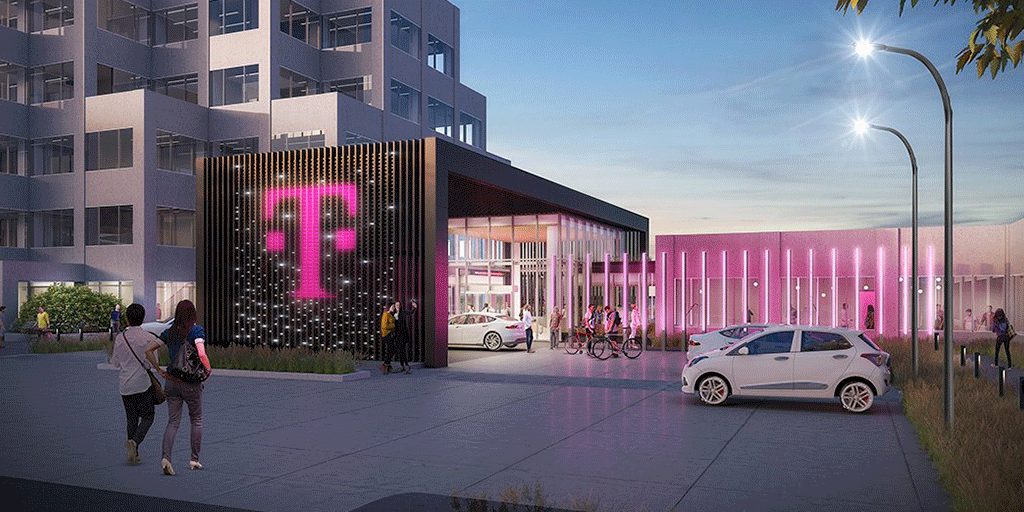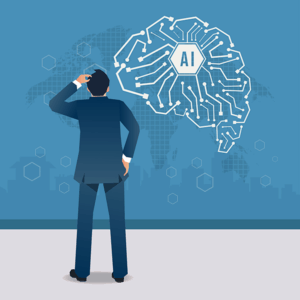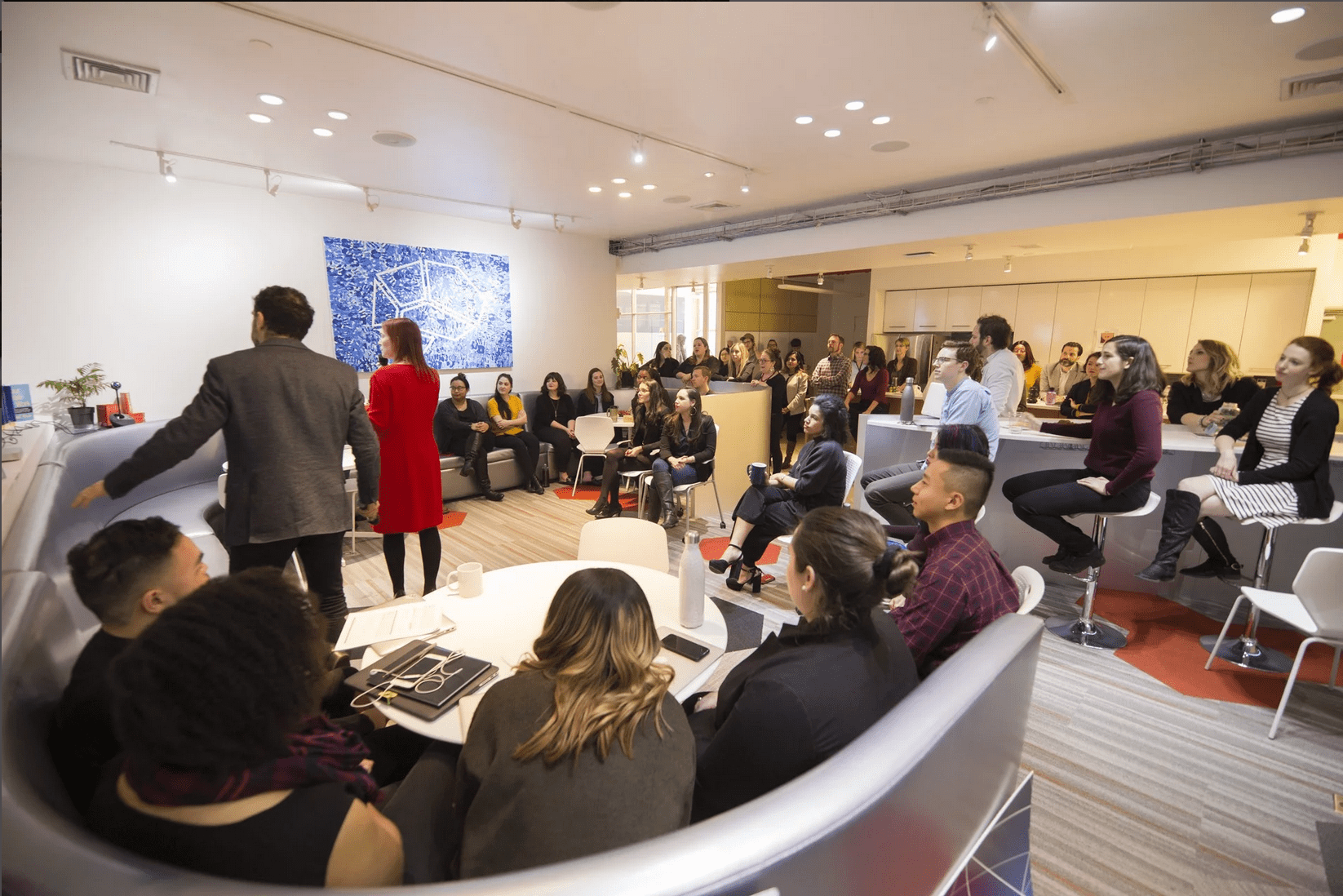Holli Martinez leads the DE&I efforts at T-Mobile, and she’s on a mission—to make DE&I not just a priority, but a reality. This week on Your Brain at Work, Holli joins NLI’s Head of Diversity & Inclusion Ester Neznanova to discuss the pressing need for DE&I strategies that truly shift behaviors, they explore the power of culture, and they explain how organizations should approach creating lasting change in Diversity, Equity and Inclusion.

AI
Generative AI Has a Big Scary Side Effect. Here’s the Cure.
By Chris Weller and David Rock Imagine you’re the CEO of a company. You just hired 100 new managers whose only job is to walk around the office and pop





